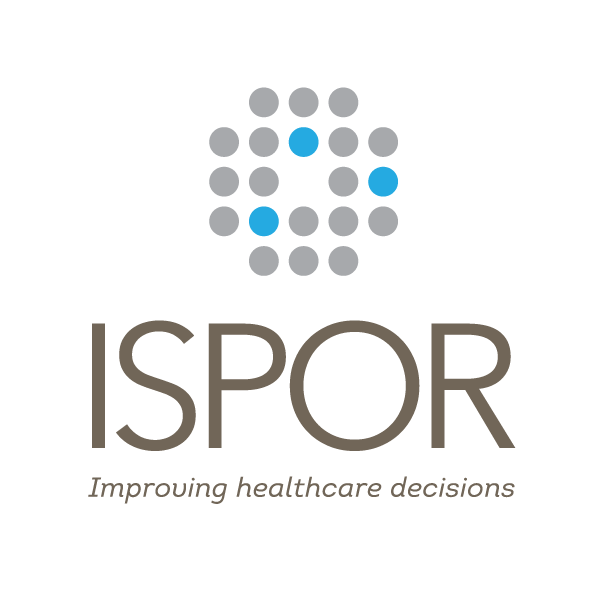Newswise — Princeton, NJ—August 29, 2016—The International Society for Pharmacoeconomics and Outcomes Research (ISPOR) announced today the publication of a series of articles suggesting that the application of cost-effectiveness analysis for health care decision making in the US may be approaching critical mass. This special themed section, Cost-Effectiveness and Clinical Practice Guidelines: Have We Reached a Tipping Point?, was published in the July/August 2016 in Value in Health. The guest editor for the themed section is Lou Garrison, PhD, University of Washington, Seattle, WA, USA.
The special section comprises four articles:
• Introduction: Cost-Effectiveness and Clinical Practice Guidelines: Have We Reached a Tipping Point?, by Lou Garrison, PhD, University of Washington, Seattle, WA, USA. The lead paper provides an overview of the topic and describes how cost-effectiveness analyses and health economics and outcomes research could play a central role in defining and assessing value.
• Considering Cost-Effectiveness in Cardiology Clinical Guidelines: Progress and Prospects, by Mark A. Hlatky, MD, Stanford University School of Medicine, Stanford, CA, USA. This paper reviews the history of cardiology clinical guidelines and notes that the next ACC/AHA (American College of Cardiology / American Heart Association) guideline will incorporate value as part of its recommendations. According to Dr. Hlatky, “This will be an evidence-based process where published economic assessments relating key questions will be reviewed.”
• Challenges in Measuring Cost and Value in Oncology: Making It Personal, by Peter P. Yu, MD, Director of Cancer Research, Palo Alto Medical Foundation, Sunnyvale, CA and President, American Society of Clinical Oncology (ASCO), Alexandria, VA, USA. Dr. Yu outlines three ASCO initiatives supporting the development of clinical guidelines that reflect a rapidly changing knowledge base for decision-making support.
• Clinical Guidelines: A NICE Way to Introduce Cost-Effectiveness Considerations?, by Michael Drummond, MCom, DPhil, University of York, United Kingdom. Dr. Drummond describes the UK’s NICE clinical guideline program, explaining that NICE’s clinical guidelines offer the possibility of prioritizing topics for clinical and economic assessment based on the consideration of the whole clinical pathway.
In summary, Dr. Garrison notes that, “with increasing pressures on drug prices, payers, providers, and patients are looking for value for their health care spend. My colleagues who have contributed to this themed section and I believe that cost-effectiveness analysis as a key part of value assessment should be an important consideration in this process.”
###
ABOUT ISPORThe International Society for Pharmacoeconomics and Outcomes Research (ISPOR) is a nonprofit, international, educational and scientific organization that promotes health economics and outcomes research excellence to improve decision making for health globally. Web: www.ISPOR.org | LinkedIn: http://bit.ly/ISPOR-LIn | Twitter: http://bit.ly/ISPOR-T (@ISPORorg) | YouTube: http://bit.ly/ISPOR-YT |Facebook: http://bit.ly/ISPOR-FB
ABOUT VALUE IN HEALTHValue in Health (ISSN 1098-3015) is an international, indexed journal that publishes original research and health policy articles that advance the field of pharmacoeconomics and outcomes research to help health care leaders make evidence-based decisions. The journal’s 2015 impact factor score is 3.824. Value in Health is ranked 3rd out of 74 journals in health policy and services (social sciences), 8th out of 87 journals in health care sciences and services, and 10th out of 344 journals in economics (social sciences). Value in Health is published bi-monthly and circulates to more than 10,000 readers around the world. Web: www.ispor.org/ValueInHealth | Twitter: http://bit.ly/ISPORjournals-T (@ISPORjournals)
